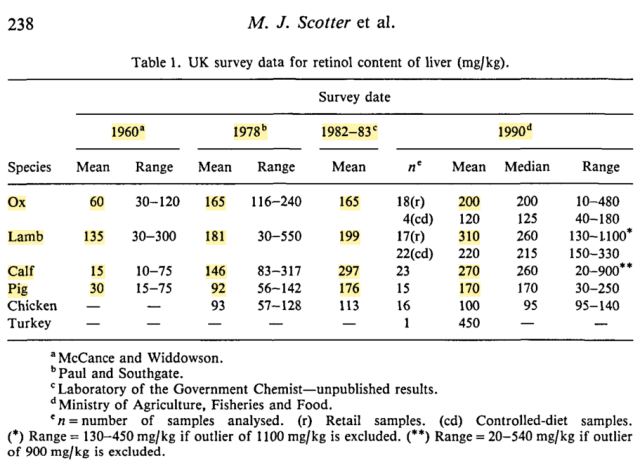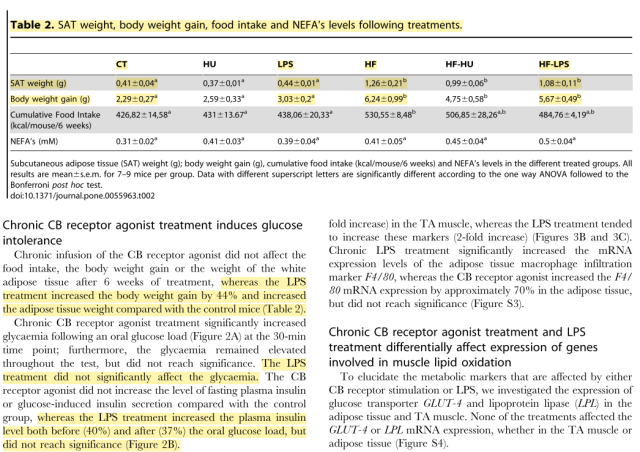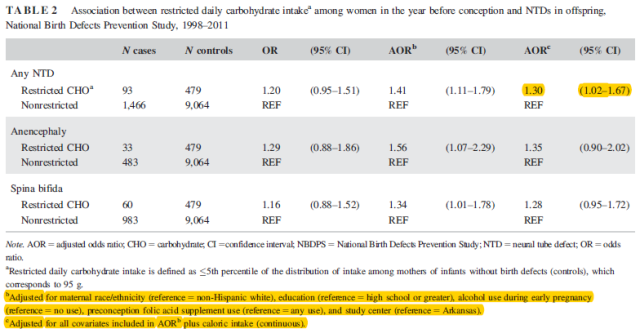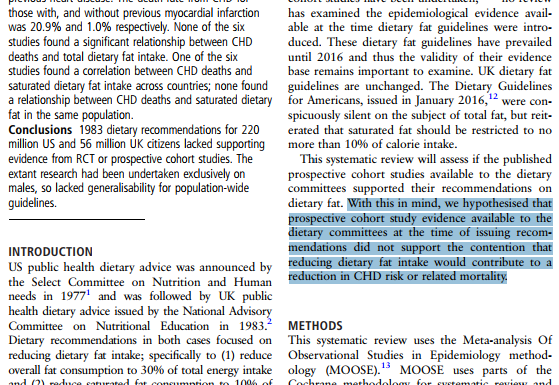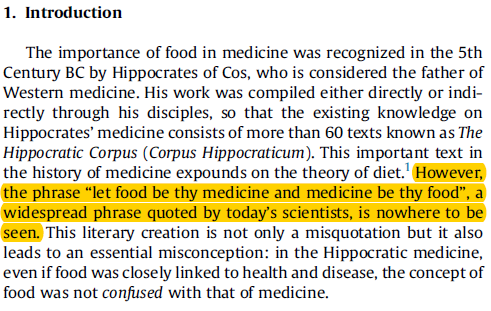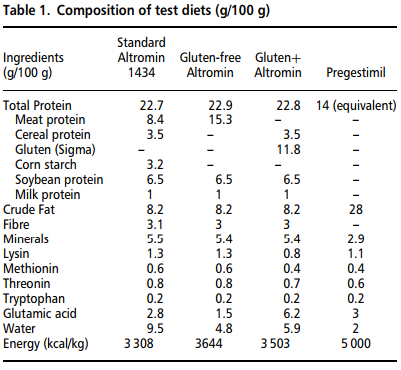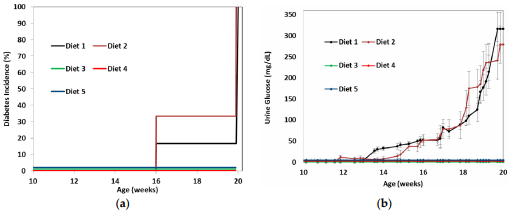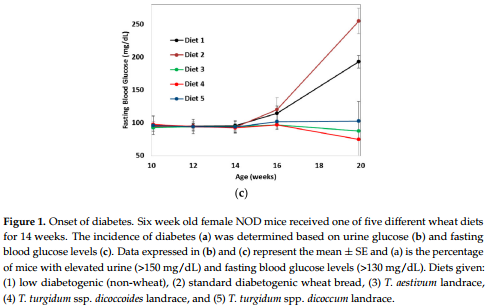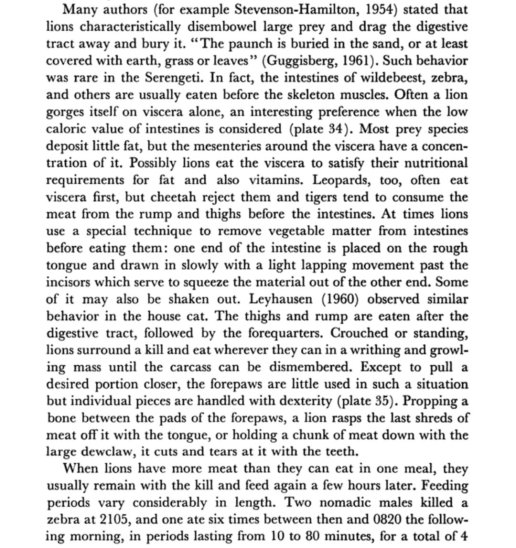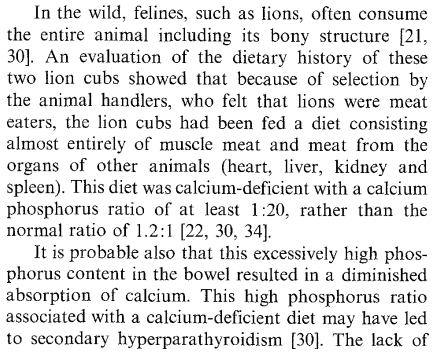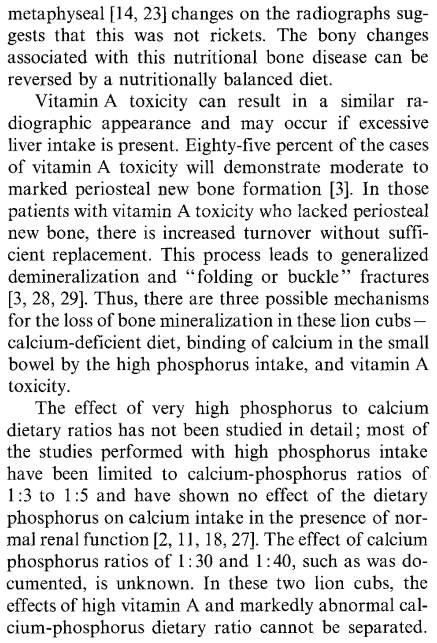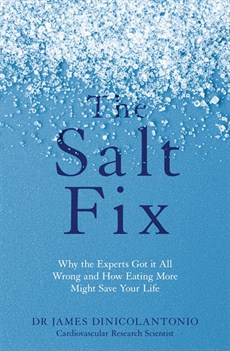
Recently I was reading some of a new book called “The Salt Fix: Why the Experts Got it All Wrong and How Eating More Might Save Your Life”.
This contains the interesting claim that humans evolved on a diet high in salt. This is rather surprising as salt and sodium are generally considered to have been a rather scarce in human diets before the development of salt production technologies in the past few thousand years.
Reading this I thought I would delve into the evidence for this in a little more depth, which ended up with me fact-checking Chapter 2 of this book, which contains this claim. I thought that this would be interesting as firstly, evolutionary justifications are often used now in nutrition, and secondly, I had already seen statements from this part of the book quoted on social media.
As I don’t have the time or interest to review a whole book a subsection of Chapter 2 reviewed here is quoted in full from the subheading “Prehuman Primates” to the end of the subsection “The Case Is Clear” in Chapter 2. My comments are found between each quoted excerpt.
“Prehuman Primates
Even today, most people believe that prehuman primates (such as orangutans, monkeys, baboons, and macaques) subsisted mainly on fruit and terrestrial vegetation.”
This is not a great start as orangutans, monkeys, baboons, and macaques are not pre-human primates.
Most people believe that orangutans, monkeys, baboons, and macaques subsist mainly on fruit and terrestrial vegetation because they do.
“Thus, one group of scientists has insisted that our prehuman bodies evolved on a low-salt diet. But that is clearly not the case.”
This suggests that other groups of scientists have insisted we evolved on a high-salt diet, which does not seem to be the case.
“Millions of years ago, climate changes that featured intense dry seasons were thought to have forced nonhuman primates to seek out wetlands. 19 Their diet would have consisted of aquatic vegetation, with a sodium content five hundred times that of terrestrial plants. 20”
The only source I could find for the sodium content of aquatic plants was a paper from 1973 called “Sodium Dynamics in a Northern Ecosystem“, which examined the role of water plants in the diet of moose living on Isle Royale, Lake Superior. While floating aquatic pondweed can be a good source of sodium it is only really relevant if you are a herbivore like a moose that can eat large quantities of pond weed, in which case this can be a decent source of sodium. I could find no details for the African environments in which our early ancestors evolved.
While it may be true that aquatic plants can have a higher sodium content than terrestrial plants, this is still not very high because terrestrial plants have very low levels of sodium.
“This may also be when nonhuman primates started eating meat, which they would have first encountered when fish and aquatic invertebrates were trapped in aquatic vegetation – providing primates with the original seafood salad. 21”
I think catching fish is usually a little more difficult than this…
“Once these foods were “inadvertently” eaten, nonhuman primates probably got a taste for them and started seeking them out deliberately. Their first fish were thought to have been easier prey, such as catfish that were injured, washed ashore, or trapped in shallow ponds. (Catfish were plentiful where ancestral primates and early humans roamed, making this a plausible notion.) This dietary switch— toward consuming more fat and omega-3s— certainly makes sense for its potential to foster the development of a larger (more human-sized) brain. Dozens of nonhuman primates have been reported to eat fish and other aquatic fauna that would have supplied their diet with ample amounts of salt. 22”
While eating fish has occasionally been reported in nonhuman primates, this would not supply “ample amounts of salt” as fish do not contain high levels of salt. African catfish contain 406 mg of sodium per kilogram of raw catfish, which is not a high level.
A better explanation of the wetlands theory (not referenced here) is a book chapter called “The Case for Exploitation of Wetlands Environments and Foods by Pre-Sapiens Hominins“. This explains a new theory that wetlands were important to our earliest hominin ancestors and that fish may have been an early item on the menu.
But this does not imply that they were eating a high sodium diet.
“They would have encountered such things as shark eggs, shrimp, crabs, mussels, razor clams, snails, octopus, oysters and other shelled invertebrates, tree frogs, invertebrates in the river mud, snapping turtle eggs, water beetles, limpets, tadpoles, sand-hoppers, seal-lice, and earthworms. 23 These abounded at seashores and in swamps, freshwater and marine water, and other tropical and temperate locations. Based on this list, it’s obvious that the diet of prehuman primates (and thus early humans) would not have been low in salt; in fact, it could have been extremely high in salt.”
This rather diverse list contains a mixture of very different creatures and is copied out of context from reference [23].
- I suspect that our early hominin ancestors did not spend a lot of time eating water beetles, tadpoles, sand hoppers, or seal-lice.
- The shark eggs, shrimp, crabs, razor clams, octopus, and oysters are sea creatures that would not be found in the inland freshwater wetlands described in the theory described in the previous paragraph.
- The mussels, snails, tree frogs, and snapping turtle eggs are at least potential food sources for our early ancestors, but none of these is high in sodium.
No evidence is referenced that the creatures in this list available to early human ancestors are high in sodium (they don’t appear to be). The reference cited does not mention sodium. Therefore, it is not obvious that early human diets could have been high in sodium.
“The taste for fish and other aquatic creatures may have led these prehuman primates to begin deliberately trying to catch fish by hand and eventually using tools such as sticks, sand, and food to catch fish— which represented a huge leap forward in cognitive development. Think of that twist of fate: eating fish by happenstance may have enabled early primate brains to develop the intellect to actively catch fish through the use of tools. Exactly how they were able to obtain these salty creatures is more of a mystery, but it is thought that they used rocks to crack shells open and tapped on bamboo to find frogs living inside it. At least five other species, beyond orangutans, have been found to use tools to obtain fish and other salty aquatic prey. Thereafter, hominins – both modern and extinct humans – would have used primate fish-catching practices. 24″”
“…begin deliberately trying to catch fish by hand and eventually using tools such as sticks…”
“…and tapped on bamboo to find frogs living inside it.”
I’m not quite sure what to make of this. Have you ever tried catching fish with a stick or tapping on bamboo to find frogs? Additionally, neither fish nor frogs are high in sodium.
“Early Humans
Intriguingly, the emergence of tool-assisted fish catching in early Homo dates to around 2.4 million years ago. Primate fish-eating habits suggest that hominins would have also started eating aquatic plants first, then accidentally sampled the aquatic animals clinging to their nightly feeding, and, having acquired a taste for a newfound meat, eventually transitioned to catching fish and other aquatic prey. 25 Some researchers assert that an early human, Paranthropus boisei, and early Homo dug into wetlands to add vertebrates and invertebrates to what had previously been their predominantly plant-based diet. These aquatic animal foods yield plenty of salt and novel, high-quality nutrients, such as docosahexaenoic acid (DHA). Similar to how these essential fatty acids may have led to brain growth in prehuman primates, DHA allowed for the brain to increase in size in early humans. 26 The fact that DHA is important for the growth of the human brain creates the unavoidable suggestion that aquatic foods— and the hunger for salt that drew our ancestors to them— were an important player in how the human brain evolved into what it is today. 27 Terrestrial plants are low in DHA, which suggests that this transition to aquatic vegetation and prey was essential to increasing our brain size. 28 Imagine: our hunger for salt may have played a role in early humans’ great leap forward.”
Aquatic animal foods yield more sodium than land plants, but no reference is given here for how much this is. I have not been able to find any values for the sodium in aquatic animals in African wetlands where our early ancestors may have lived.
This is one theory of early human evolution that is presented as fact. The author attempts to link his theory of a high-salt diet without any evidence.
“Even early humans who lived far from the ocean’s brackish waters had this hunger for salt.”
I do not know how the author knows this.
“Data suggests that early humans roaming East Africa’s noncoastal regions between 1.4 and 2.4 million years ago may have consumed a diet extremely high in salt. An ancient ancestor to humans known as “Nutcracker Man” was said to have lived on large amounts of tiger nuts. 29 The fossils of this early human, discovered in 1959 in Tanzania, feature strong jaw muscles as well as wear and tear on molars, indicative of a diet high in tiger nuts.”
This is incorrect.
The “Nutcracker Man”, (Paranthropus boisei), was not a human ancestor.
A diet of tiger nuts is one theory to explain the highly specialized skull adapted for heavy chewing and the C4 carbon isotope ratios found in this species. However, reference [29] is actually a Daily Mail newspaper article… which I won’t link to.
While this branch of the hominin family is interesting it does not directly relate to the evolution of modern humans and our diet.
“Tiger nuts are extremely high in salt (up to 3,383 milligrams of sodium per 100 grams, the average amount of sodium we modern humans eat in an entire day). 30 Just a handful (3 ounces) of these nutlike tubers would have provided an entire day’s worth of sodium in today’s world.”
The single reference [30] cited gives a very high value (3,383 mg per 100 grams) for sodium in tiger nuts. Several other studies (not referenced in the book) show much lower levels of sodium in tiger nuts suggesting that reference [30] may not be representative of tiger nuts in general.
These suggest that tiger nuts are not necessarily a rich source of sodium and that the study cited in the book may be an outlier.
“Nutcracker Man did not live by nuts alone. He also survived on a diet largely composed of grasshoppers. A close relative of the grasshopper, the cricket contains a very good amount of sodium (about 152 milligrams of sodium per five crickets). 31”
This is incorrect.
The crickets tested, Acheta domesticus, weigh an average of around 0.4 grams and contain 152 mg of sodium in 100 grams of crickets. That means these crickets contain about 152 mg of sodium per 250 crickets, not per five crickets.
“Most likely, certain insects are so high in sodium because it allows them to move and fly faster and thus avoid being eaten by their brethren. 32 Scientists have observed that sodium deficiency can lead to cannibalism in insects (and probably other animals, too). 33 The theory goes that the animals instinctively know that salt is contained within blood, interstitial fluid, skin, muscle, and other parts of their bodies.”
Insects are not so high in sodium. As Reference [32] and [33] suggest, actually both are the same reference, that sodium deficiency is bad for insects and they will eat each other, but this is not really relevant to the discussion here as insects are rather different to humans.
“Not surprisingly, experts believe humans have been getting protein and micronutrients from wild insects for several millennia— and continue to do so to this day, particularly in parts of Africa, Asia, and Mexico. 34”
This reference [34] actually shows that insects are not high in sodium. Even for crickets, which had the highest sodium level of the insects tested, you would have to catch and eat more than 2 kg (4.4 pounds) of crickets each day (more than 5,000 crickets) to get close to the average sodium intake of Americans.
“”The Case Is Clear
From an evolutionary standpoint, evidence does not suggest that we evolved on a low-salt diet. Instead, much of our evolutionary theory seems to support the fact that we evolved on a high-salt diet. So where does this persistent misconception about our original diet come from?”
Is the case clear? No evidence has been presented so far to suggest that we evolved on a high-salt diet.
“The idea that our human ancestors consumed very little salt, generally less than 1,500 milligrams of sodium per day, is both old and current. 35 Some of the debate about evolutionary diet seems to stem from one influential paper on the topic, which was published in 1985 in the New England Journal of Medicine, one of the world’s most prestigious medical journals. The authors of this paper estimated that during the Paleolithic era (from about 2.6 million years ago until about 10,000 years ago), our intake of sodium was just 700 milligrams per day. 36 But this figure was based on the sodium content of select land animals (and only the sodium content of the meat) as well as land plants available to hunter-gatherers. This estimate does not include the sodium that would have been obtained from tiger nuts, insects, or aquatic vegetation or prey, nor does it include the other large stores of sodium found in animals besides the meat, such as that found in the skin, interstitial fluid, blood, and bone marrow (which we know hunter-gatherers did eat). We can’t forget that, aside from their meat, animals themselves (muscle, organs, viscera, skin, blood) are extremely good sources of salt.”
None of the evidence presented in this book questions the estimates made in 1985.
Muscle, organs, viscera, skin, blood) are not “extremely good” sources of salt. A diet based mainly on eating animals nose to tail can supply around 1,500 milligrams of sodium per day. But this is significantly lower than modern intakes of salt.
“For example, muscle contains approximately 1,150 milligrams of sodium per kilogram. Australian Aborigines would eat 2 to 3 kilograms of meat per sitting during a kill. 37 This is equal to 3,450 milligrams of sodium per day, the exact amount of sodium that current-day Americans consume (when they’re not straining to achieve the low-salt guidelines, that is!).”
This is incorrect. Meat does not contain that much sodium, but no reference is provided.
According to the USDA food database, 1 kilogram of “Beef, top sirloin, steak” contains 520 milligrams of sodium.
As another example, kangaroo meat contains between 40 and 60 milligrams of sodium per 100 grams. Eating 2-3 kilograms of kangaroo meat could contain 1000-1500 milligrams of sodium.
“Organs of animals are even higher in salt than meat: just 10 ounces of bison ribs (about one-quarter of a kilogram) provides 1,500 milligrams of sodium, the same amount in just 13.5 ounces of bison kidney or 2 pounds of bison liver. And remember, this doesn’t even include the salt that is found in the skin, interstitial fluid, blood, and bone marrow.”
This is incorrect. However, no reference is provided.
- 10 ounces of bison ribs contain 300 milligrams of sodium, not 1,500. Beef ribs seem to contain a bit less.
- 2 pounds of bison liver contains 882 milligrams of sodium, not 1,500 milligrams. This is equal to 276 milligrams in 10 ounces, similar to that found in meat.
- I could not find any measurement of bison kidney. But 100 grams of beef kidney contains 182 milligrams of sodium, more than in muscle meat but still not a lot.
This indicates that organ meats are not going to provide you with a lot of salt.
I could not find any measurement of sodium in the skin, bone marrow, or in “interstitial fluid” in animals, or any idea how you would go about eating interstitial fluid. If the author of the book has these figures he is not revealing them.
“Early humans probably got salt in other ways as well. Some would have also eaten soil, as is still done by Kikuyu women of Africa, who are known to make dishes from sodium-rich soil. 38”
If you read reference [38] it states that Kikuyu women of Africa did eat sodium rich soils, but that their diets were still very low in sodium despite this. To quote the reference:
“A nutritional study carried out a generation ago in Africa (Orr and Gilks, 1931) reports that Kikuyu women, especially during pregnancy and lactation, prepared a special dish making use of sodium-rich soils; men did not eat this. It is of interest to note that in spite of their regular daily utilization of edible earths, Kikuyu women obtained only between 0.88-1.56 grams of sodium per day, whereas males derived only 0.48 grams. Obviously, without the emphasis on sodium-rich soils, the Kikuyu diet would have been virtually devoid of sodium.”
“Our ancestors also likely had salt licks and drank rainwater, providing clear evidence that previous estimates of sodium intake during our evolution are most likely drastic underestimations.”
Our ancestors may have had salt licks, although as shown above, eating sodium-rich soil does not supply a lot of sodium.
While true that rainwater can contain sodium this is misleading as the sodium content of rainwater is very low. If you have ever tasted rainwater it does not taste salty.
“But alas, the mantra has always been that the strict vegetarian diet of our early ancestors only provides around 230 milligrams of sodium per day, and that even a carnivorous diet only provides around 1,400 milligrams of sodium.”
These values appear to be reasonable estimates.
“These low estimates led most experts to believe that our current salt intake is two to twenty times what our ancestors would have consumed. And if we didn’t eat that much salt during our evolution, then our current intake can’t be good for us! (Or so the mantra goes.)”
This is how theorising based on evolutionary principles is often carried out.
“No one truly knows how much salt our Paleolithic ancestors ate or how much salt our human brain evolved on— but it’s probably much more than what most experts think. Some experts believe that 45 to 60 percent of our Paleolithic ancestors’ calories came from animal foods 39 that are naturally high in salt.”
As stated above, animals foods are not “naturally high in salt”, at least compared to modern foods with added salt.
Conclusions
Salt may not be as bad for people as has often been claimed. But the poorly constructed evolutionary rationale in this book used to justify a diet high in salt is badly referenced, contains little to no actual evidence, and includes a number of factual inaccuracies. The references that are used appear to have been chosen to fit into the narrative of the book and references that did not fit the narrative have been inaccurately reported. Factual statements that were not referenced were often inaccurate.
I did not find any evidence in this chapter that supported the suggestion that humans evolved on a diet high in sodium and the poor quality of this chapter does not give a great deal of confidence in the rest of the book. If you want to enjoy reading popular books related to nutrition I recommend that you do not attempt to check their factual accuracy.


